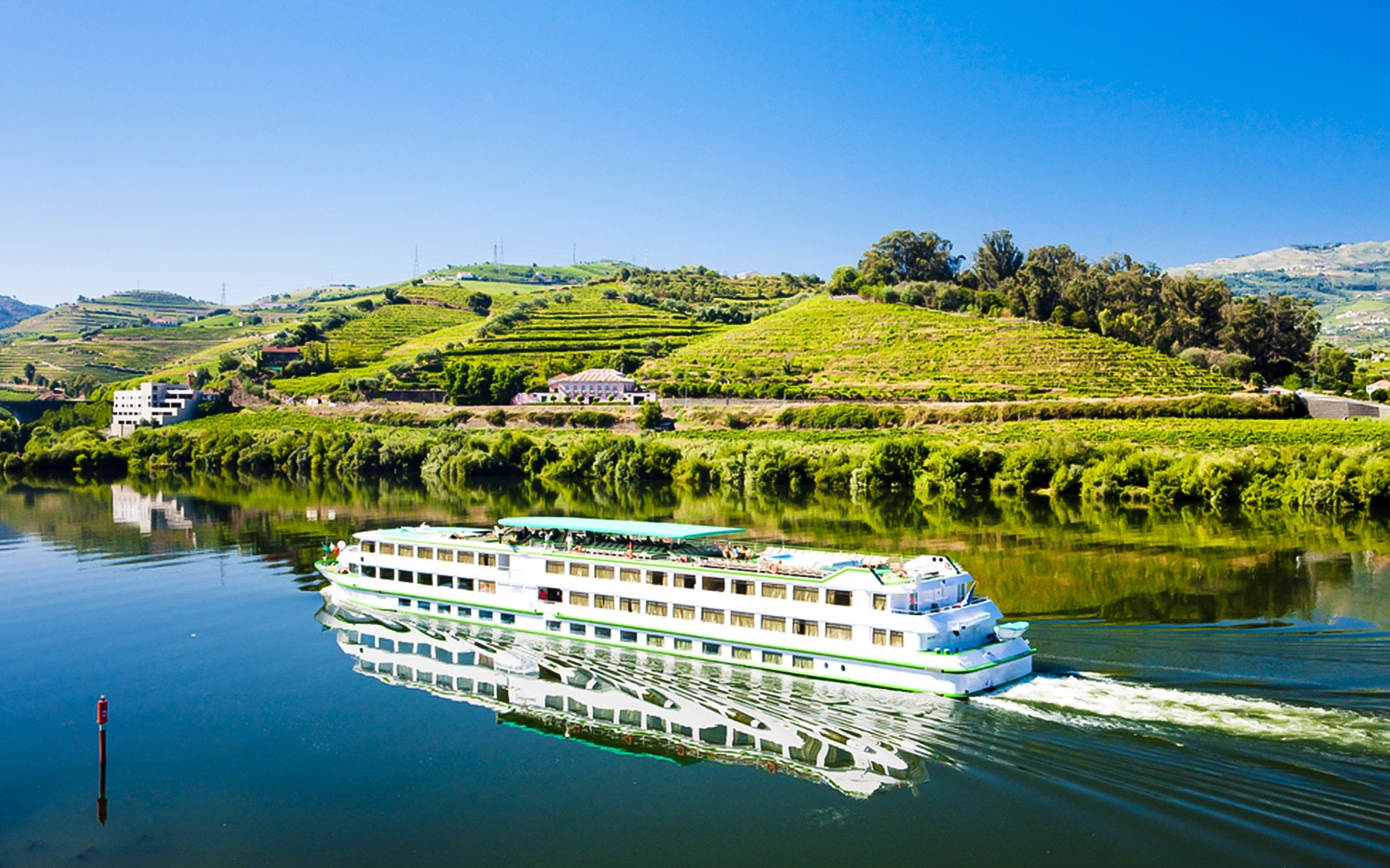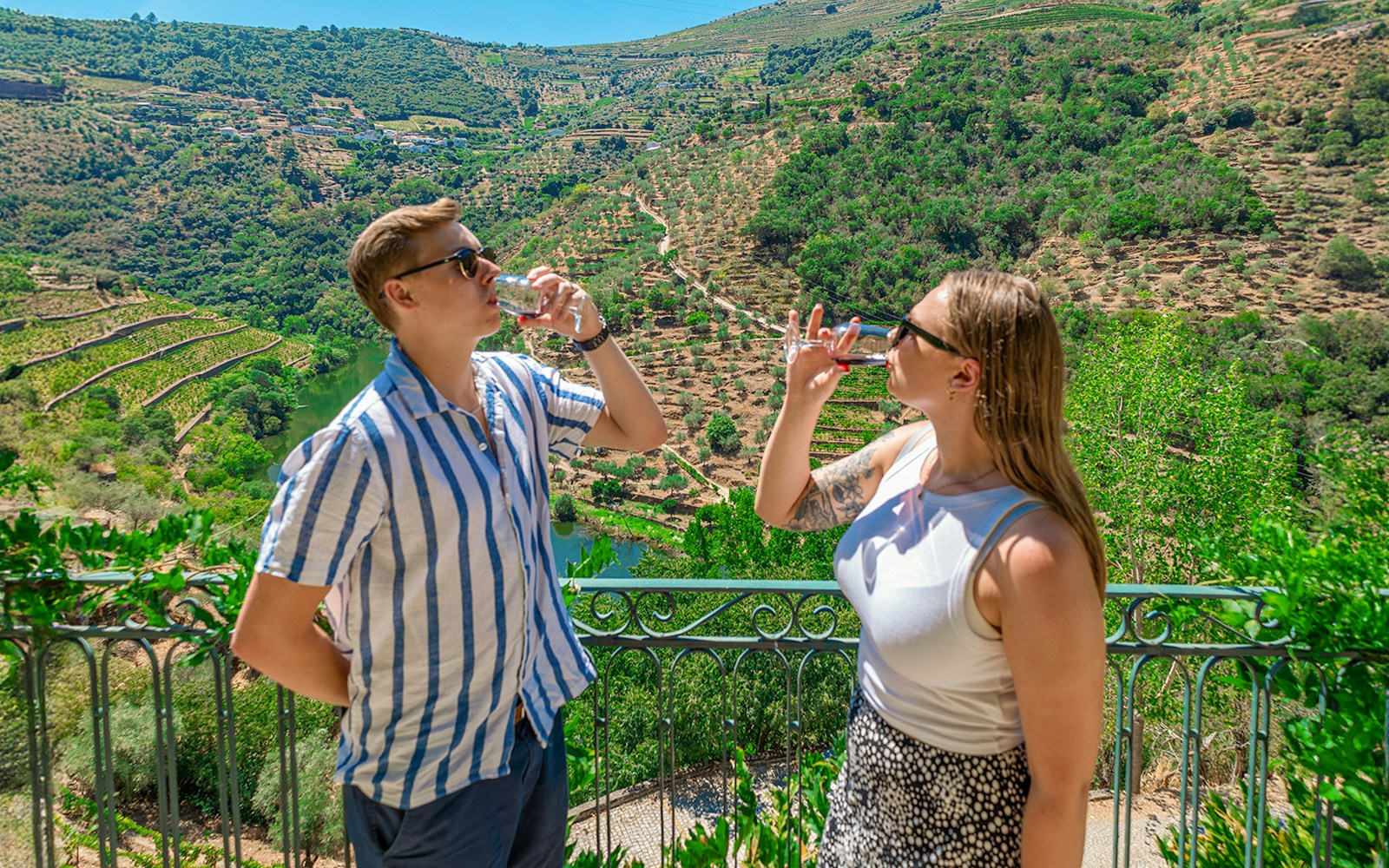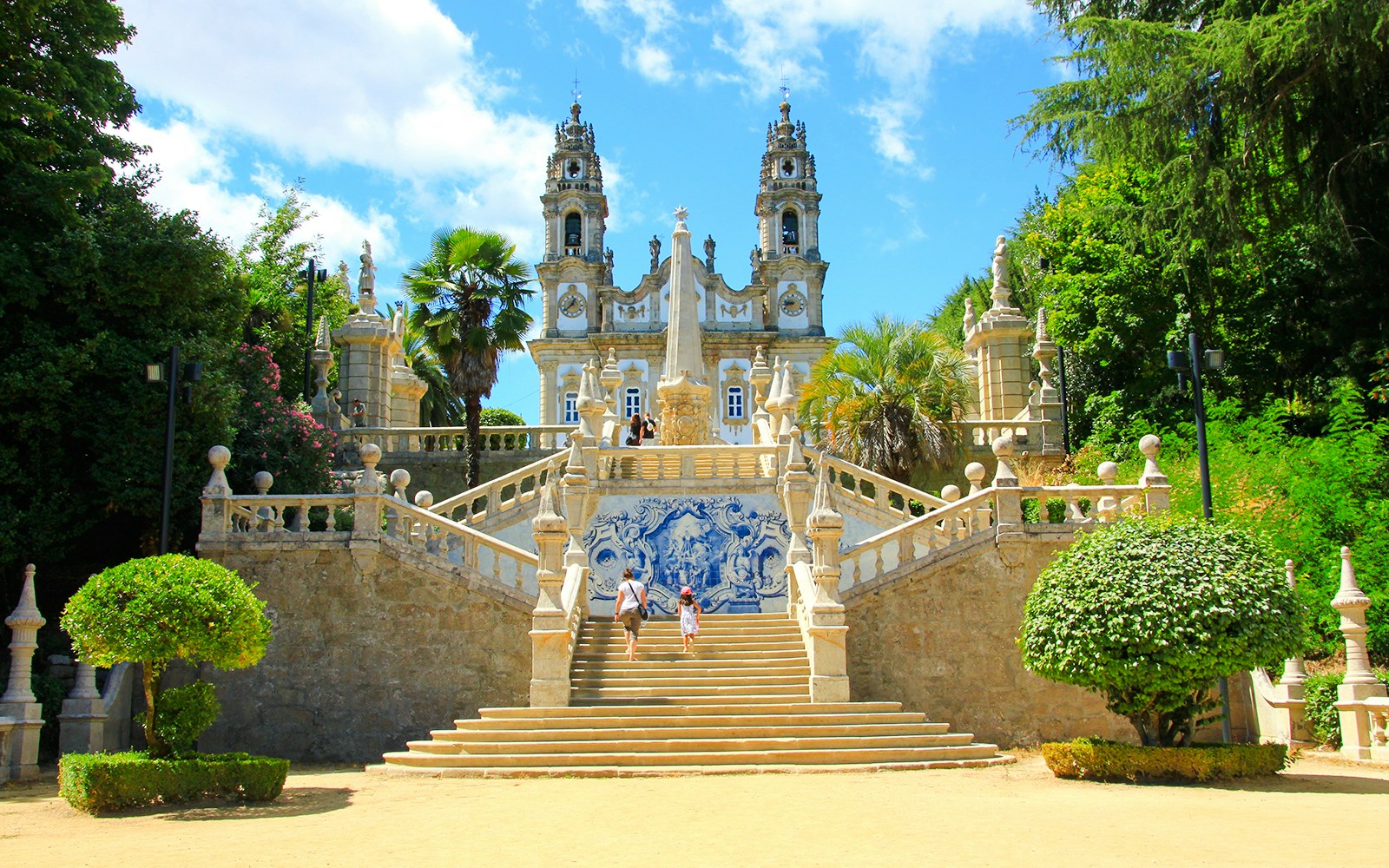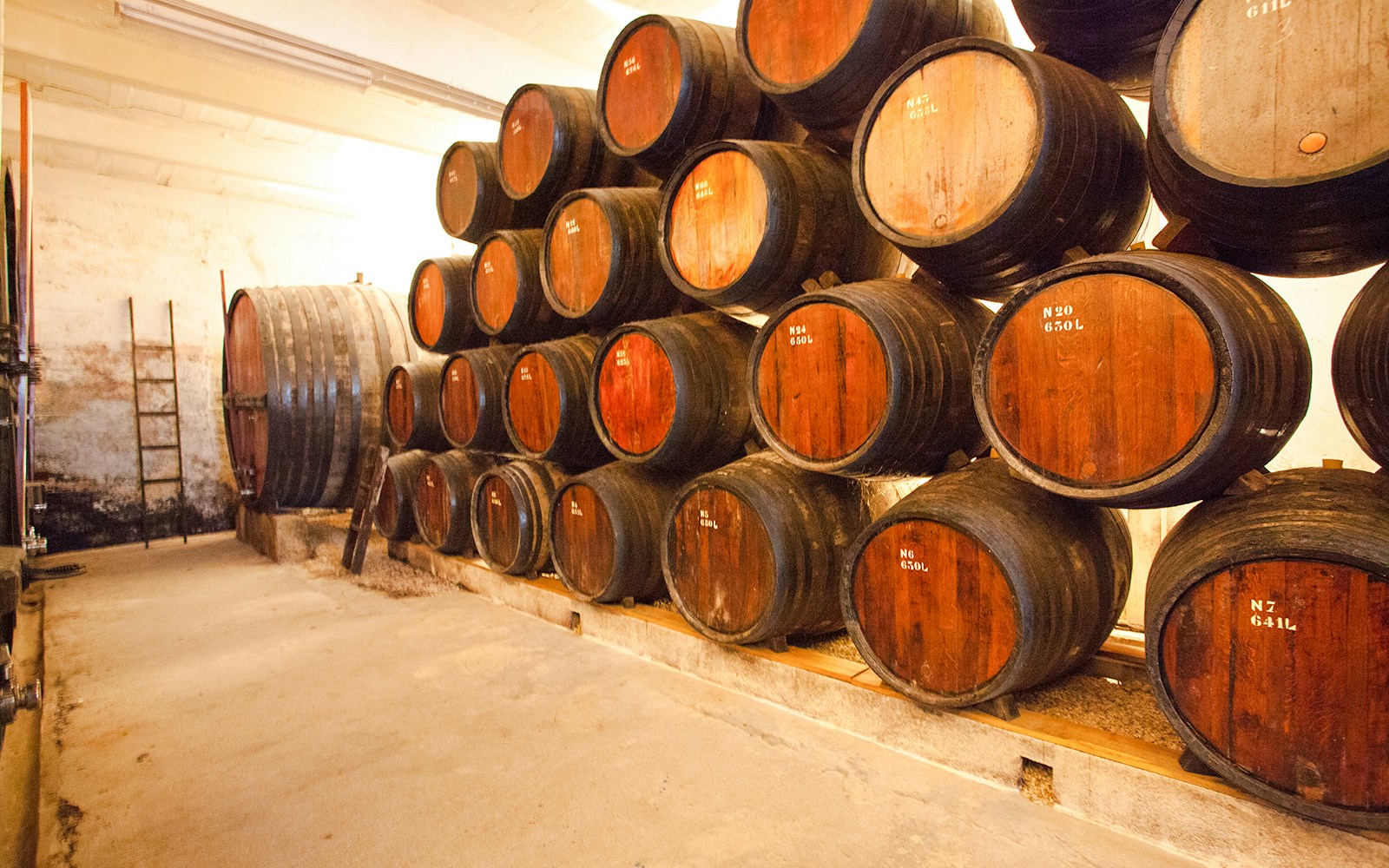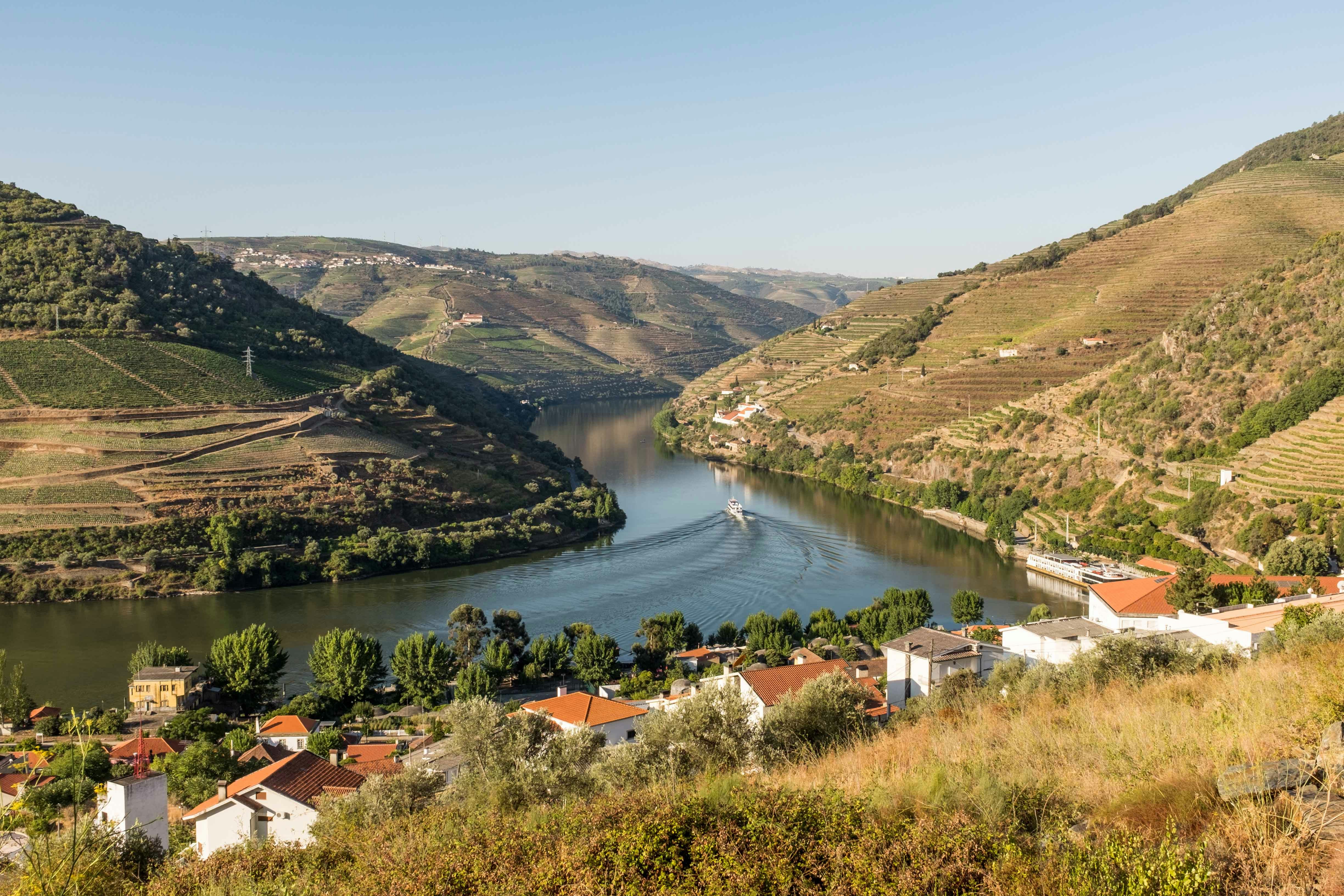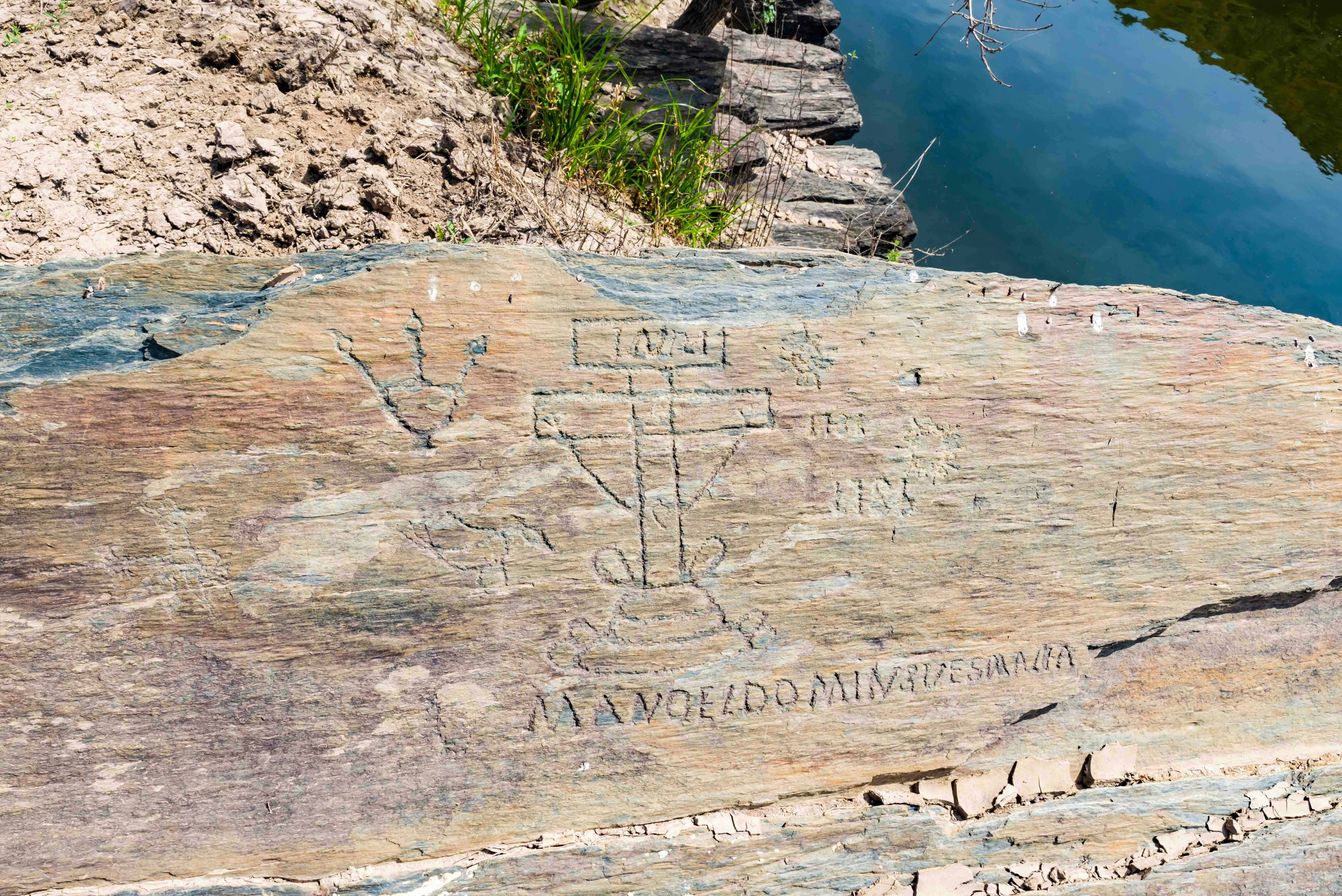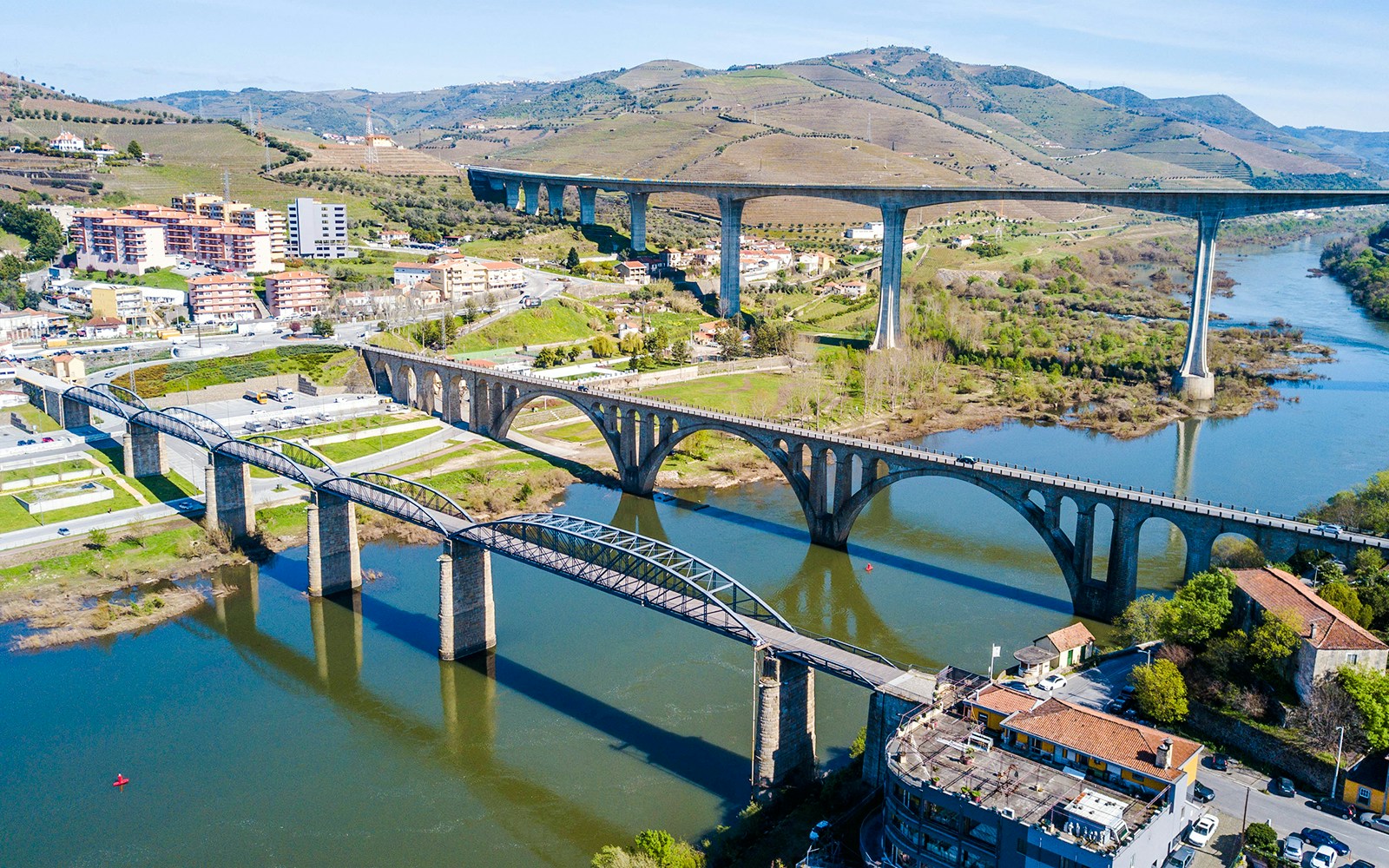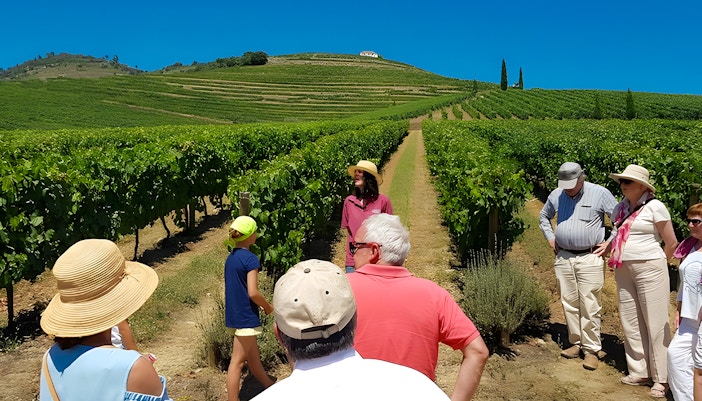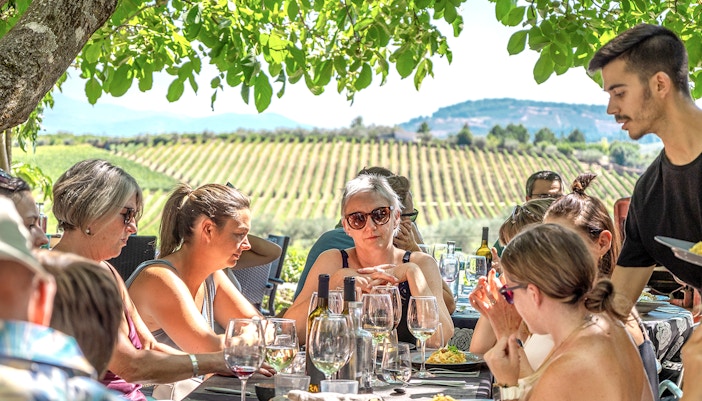The Douro Valley may look serene from a distance, but once you’re on the ground, it’s a patchwork of winding roads, hilltop villages, and detours worth taking. Here’s how to move around without missing a beat:
Order of exploration: Most visitors start in Peso da Régua or Vila Nova de Gaia, then follow the river eastward. This route keeps the valley unfolding naturally—towns, viewpoints, and hidden corners all lining up along the way.
Getting around: There isn’t a shuttle service that covers the entire valley, so travelers usually rent a car, hop on regional trains that hug the riverbanks, or book day tours that link the highlights.
Walking & breaks: Expect plenty of walking, especially in the stepped villages. Luckily, many trails and viewpoints offer benches or shaded spots to pause.
Food stops: Small eateries dot the main routes, perfect for grabbing a hearty local meal before moving on to the next viewpoint.


